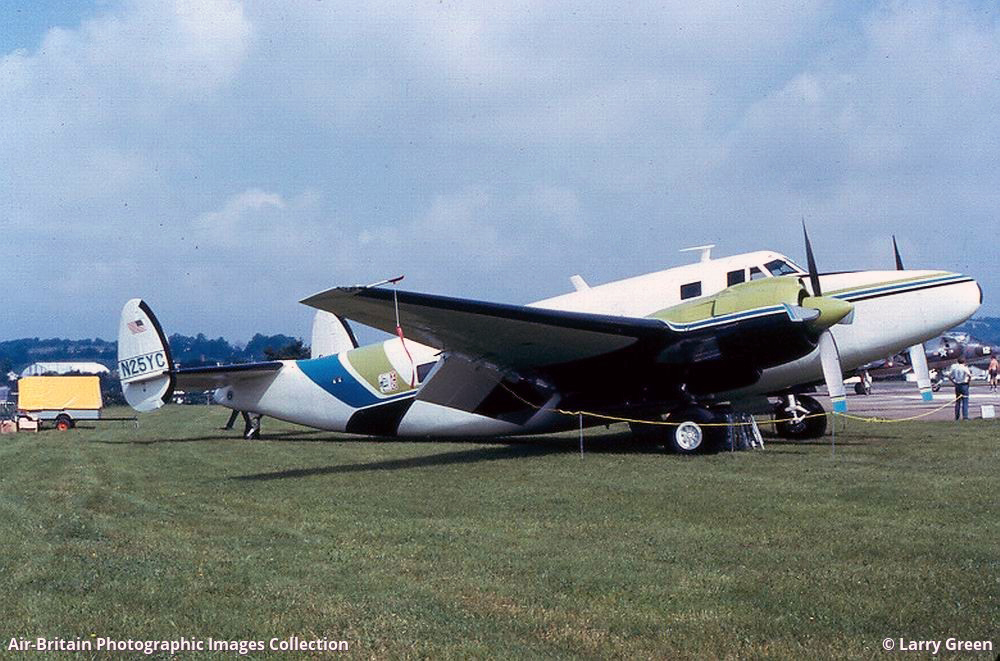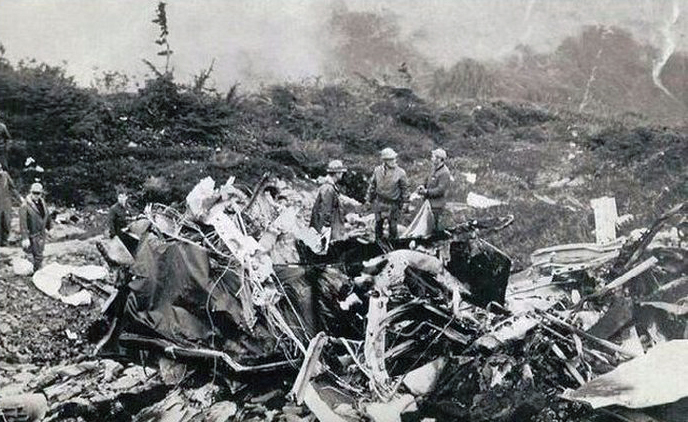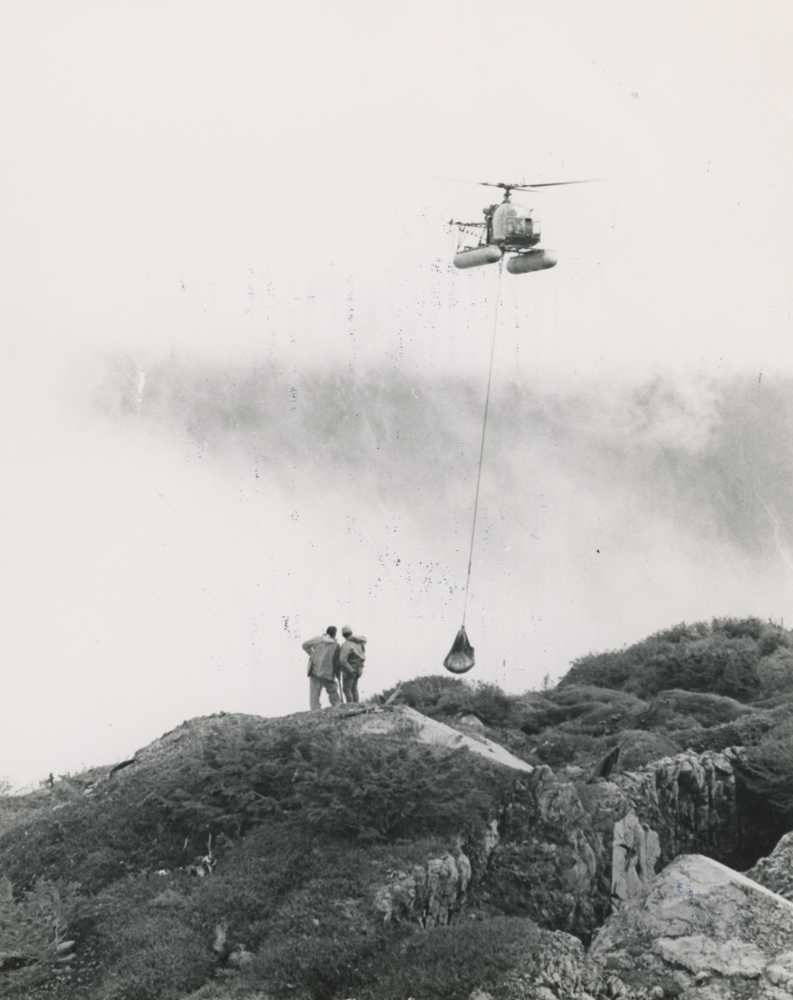Crash of a Cessna 402 near Peach Springs: 10 killed
Date & Time:
Registration:
N3250Q
Survivors:
No
Schedule:
Las Vegas - Grand Canyon
MSN:
402-0050
YOM:
1967
Crew on board:
1
Crew fatalities:
Pax on board:
9
Pax fatalities:
Other fatalities:
Total fatalities:
10
Captain / Total hours on type:
415.00
Circumstances:
The twin engine airplane departed Las Vegas Airport on a charter flight to Grand Canyon, carrying nine passengers, tourists from the US, France and Germany. En route, the pilot encountered poor weather conditions and elected to turning around when he lost control of the airplane that dove into the ground and crashed about 39 miles north of Peach Springs. The wreckage was found a day later in the Shivwits Plateau near Parashant Canyon. The aircraft disintegrated on impact and all 10 occupants have been killed.
Crew:
Wayne Leeth.
Passengers:
James Allen Jr,
Florence Allen,
Mr. R. Lynch,
Mrs. R. Lynch,
Mr. P. Dosmond, France,
Mrs. P. Dosmond, France,
Paul Haack, West Germany,
Renate Haack, West Germany,
Walter Pilgram, West Germany.
Crew:
Wayne Leeth.
Passengers:
James Allen Jr,
Florence Allen,
Mr. R. Lynch,
Mrs. R. Lynch,
Mr. P. Dosmond, France,
Mrs. P. Dosmond, France,
Paul Haack, West Germany,
Renate Haack, West Germany,
Walter Pilgram, West Germany.
Probable cause:
The pilot continued VFR flight into adverse weather conditions. The following factors were reported:
- Low ceiling, rain and snow.
- Low ceiling, rain and snow.
Final Report:












